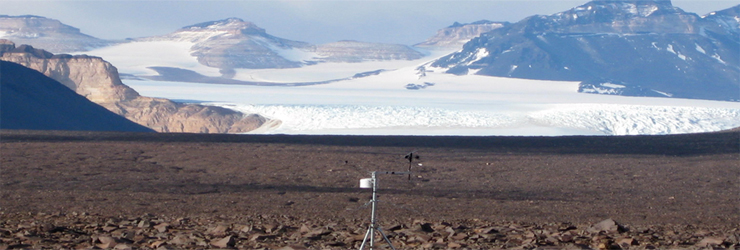
Walking to Mars:
What Antarctic Permafrost Suggests About Martian Climate, Geology, & Habitability

By:
Dr. Joseph Levy
Portland State University
When: |
Friday, February 19, 2010, 10:30 a.m. to 11:30 a.m. |
Where: |
Seminar Conference Room, 10100 Burnet Road, Bldg 196-ROC, Austin, Texas 78758 |
Host: |
Jack Holt, UTIG |
Abstract
Mars is a permafrost planet. A range of cold desert landforms are found on its surface that indicate prevailing frozen and hyper-arid conditions for at least the past several million years, punctuated by brief periods of surficial liquid water flow in special regions. Likewise, Antarctica is a permafrost continent. The McMurdo Dry Valleys represent a unique natural laboratory in which to study the response of permafrost landforms and soil ecosystems to changing temperature, moisture, and salinity conditions on timescales ranging from hours to millions of years. By integrating terrestrial field research with Martian surface and remote sensing data, we can begin to evaluate the climate significance and astrobiological potential of the abundant ice-rich terrains of Amazonian Mars.




